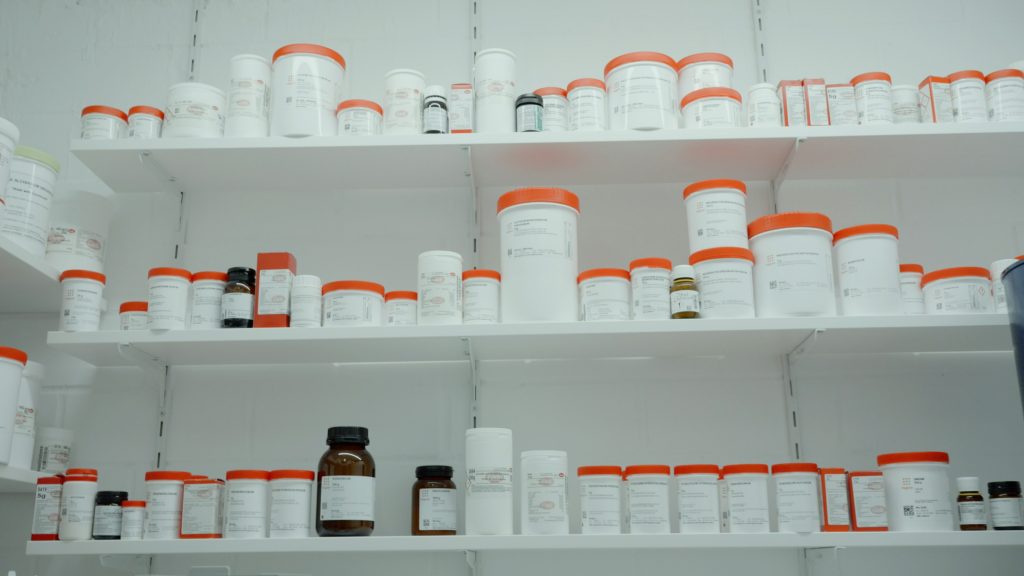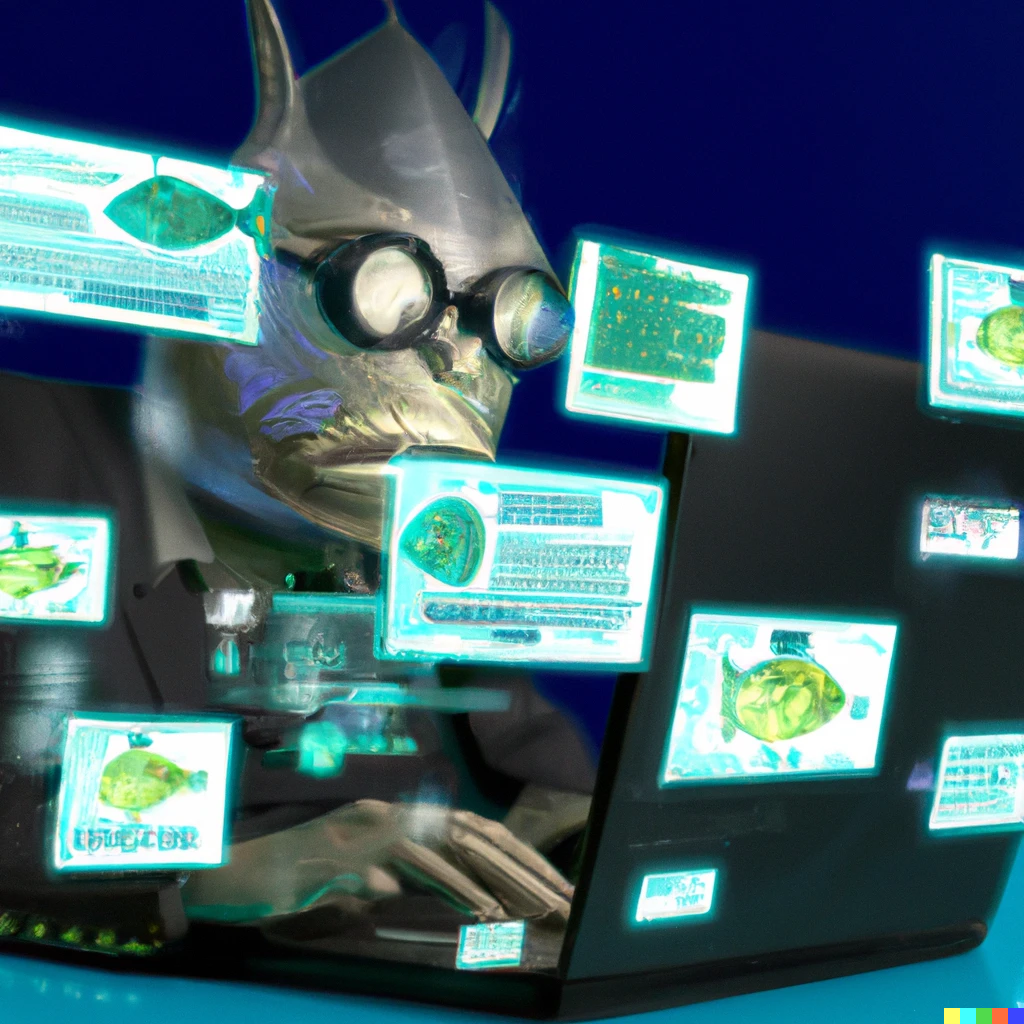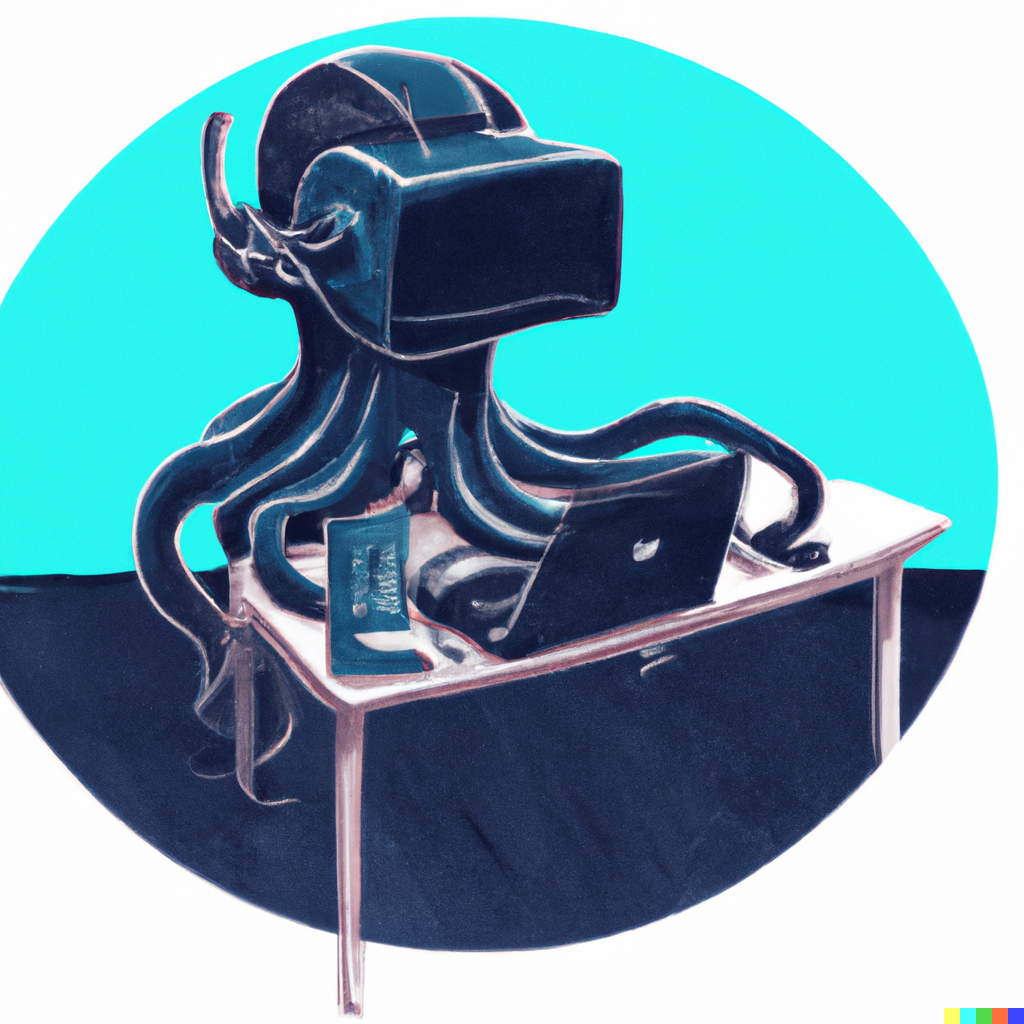
Globally, the pharmaceutical industry is experiencing considerable growth, driven by an ageing population and continuous advances in available treatments. This significant expansion has had a profound impact on the pharmaceutical packaging market, which is projected to grow to $284 billion in 2032.
Digital transformation has become a powerful engine for faster innovation, smarter drug development, and more resilient global supply chains, pushing pharmaceutical companies to modernize every layer of their operations.
Due to this digital shift, the role and capabilities of pharmaceutical packaging is transforming from a static container into a dynamic, intelligent, and interactive component of modern healthcare delivery. This digital shift does not come without challenges. The sector, for instance, has to deal with stringent compliance requirements to prevent counterfeiting.
Digitalization reinforces Good Manufacturing Practice (GMP), but it does not come without challenges
Digitalization directly supports Good Manufacturing Practice (GMP), which governs the manufacturing, processing, and packaging of medicines to ensure they are safe and effective. GMP aims to mitigate risks such as incorrect containers or labels and ensures quality is embedded at every stage of production. Digital systems can provide precise, step-by-step instructions for tasks like visual inspection of filled units before further packaging, significantly helping to prevent errors and ensure consistency.
All five principles of GMP – People, Process, Procedures, Premises and Equipment, and Products – must be in focus during the implementation of digitalisation processes. For example , the “Products” principle of GMP explicitly calls for repeatable methods in packaging and meticulous record-keeping, areas where digital tools offer immense advantages. The “Process” principle also stresses the need for precisely defined, consistent, and documented manufacturing processes to ensure quality and prevent deviations.
The benefits of digitalization for packaging companies are clear: increased productivity, enhanced product quality, tighter control over the packaging phase, and greater efficiency and flexibility in manufacturing. It helps to reduce waste and losses by detecting errors early in the process and streamlining processes like packaging labelling and equipment cleaning.
However, the journey isn’t without its challenges. Pharmaceutical companies face the complexities of digitalising diverse processes for a wide array of clients while simultaneously maintaining flexibility. Standardization across processes, especially when accommodating differing client specifications and equipment, is a significant hurdle. Another critical challenge is the substantial capital investment required for adopting cutting-edge packaging solutions, which can be daunting. Furthermore, getting staff on board with new digital tools and discerning which technologies truly add value are critical aspects that require careful management.
To overcome these, companies are actively harmonising and standardising cross-divisional processes, mapping out project dependencies and synergies. Flexibility must be a primary consideration when designing digital systems, for instance, by using predefined text modules for client specifications. Forming a well-trained digital task force can help manage stakeholder expectations and ensure a smooth cultural transition. Most importantly, the focus should always be on projects that genuinely improve quality and efficiency, starting with “low-hanging fruit” that yield immediate results.
Digital transformation is not merely an optional upgrade; it is an essential evolution for the pharmaceutical packaging industry. By embracing it, pharma companies can build more agile, efficient, and systems for their packaging processes. This strategic embrace not only provides a competitive edge and improves operational efficiency but, most importantly, enhances patient safety and satisfaction in an ever-evolving global healthcare landscape. The future of pharma packaging is smart, connected, and continually optimizing.

PS: If you are wondering where you could start your digital transformation, these below are some of the ways digitalization is currently been used by pharma companies.
1. Enhanced Traceability and Serialization: A Shield Against Counterfeits
One of the most significant impacts of digital transformation on pharma packaging companies is the enhanced traceability and serialization of products. Drug counterfeiting presents a substantial risk to patient safety, with an estimated 13.6% of medicines in low- and middle-income countries being substandard or falsified. To combat this, governments have mandated serialization on all drug units.
Through digital technologies such as RFID tags, barcodes, and QR codes, companies can now track medicines with unprecedented precision throughout the entire supply chain. Legal frameworks, such as the EU Falsified Medicines Directive (FMD) and the U.S. Drug Supply Chain Security Act (DSCSA), establish stringent requirements for authenticity and traceability. This involves assigning a unique serial number to each dose and pack, allowing them to be tracked as they move through the supply chain.
For medicines within the EU market, these serial numbers can be inputted into the European Medicines Verification Organisation (EMVO) database, enabling pharmacies to verify packs at the point of dispensing. This robust system not only helps in detecting and preventing counterfeit products but also allows for rapid and precise traceability in the event of a recall or investigation.
Smart labels with radio-frequency identification (RFID) or near-field communication (NFC) technology are increasingly being considered to support serialization requirements for both pre-filled syringes (PFS) and oral solid doses (OSD). Compared to traditional labels, these smart labels provide more robust information, including unique identifiers and serialization data, crucial for regulatory compliance and seamless scanning, which can help harmonise data systems and align serialisation compliance with operational efficiency.
2. Automation and robotics: precision on the production Line
The integration of automation and robotics is revolutionising packaging operations. Robotic arms, automated labelling systems, and advanced vision inspection systems are now common, streamlining tasks that were once repetitive and prone to human error. This automation significantly increases productivity, boosts speed and accuracy, and reduces errors, ensuring consistent quality and precision in packaging.
Historically, packaging and human-monitoring irregularities have led to costly product recalls. Digitalisation and automation are now crucial for reducing such mistakes, mitigating financial and reputational damage, and maintaining cleanroom procedures while managing electronic batch records effectively.
3. Smart packaging and IoT integration: packaging that communicates
Digital transformation enables the development of smart packaging solutions leveraging the Internet of Things (IoT) technology. This involves equipping packaging with sensors, RFID tags, and other IoT devices to monitor critical aspects like temperature, humidity, and potential tampering during storage and transportation.
This is particularly vital for temperature-sensitive drug products, such as biologics, many of which must be stored and transported at frozen or ultra-frozen temperatures. These smart packages provide real-time data on the product’s condition, ensuring its integrity and safety.
Smart labels with processor cores can enable real-time temperature monitoring during transport. The data collected allows for the identification and disposal of units with temperature excursions and aids in future root-cause analysis. By integrating IoT into packaging, companies can optimise inventory management, prevent product spoilage, and enhance overall supply chain efficiency.
4. Data analytics and predictive maintenance
Leveraging data analytics and predictive maintenance is another powerful impact of digital transformation. By collecting and analysing data from sensors, machines, and production lines, packaging companies gain valuable insights into their processes. This enables them to detect potential issues in real-time and make informed, data-driven decisions to improve efficiency and performance. Predictive maintenance, powered by machine learning and artificial intelligence, allows for proactive scheduling of maintenance tasks, reducing unexpected downtime and prolonging the lifespan of equipment, thereby ensuring uninterrupted packaging operations. The data gathered from smart packaging can feed directly into these analytics for detailed root-cause analysis.
Article references:
- https://pharmaceuticalmanufacturer.media/pharmaceutical-industry-insights/pharmaceutical-packaging-news/unlocking-the-potential-of-digitalisation-and-smart-packagin/
- https://svitla.com/blog/digital-transformation-in-the-pharma-industry/
- https://www.urbanpackline.com/a-how-digital-transformation-is-impacting-pharma-packaging-companies.html
- https://www.sciencedirect.com/science/article/pii/S0040162524003767
- https://pharmaceuticalmanufacturer.media/pharmaceutical-industry-insights/pharmaceutical-packaging-news/unlocking-the-potential-of-digitalisation-and-smart-packagin/










